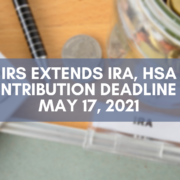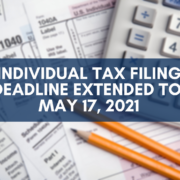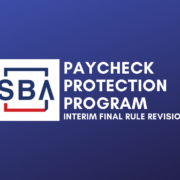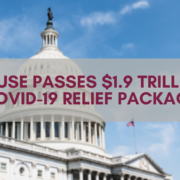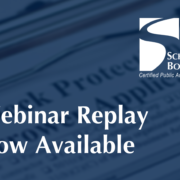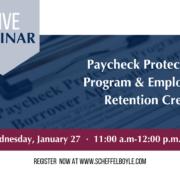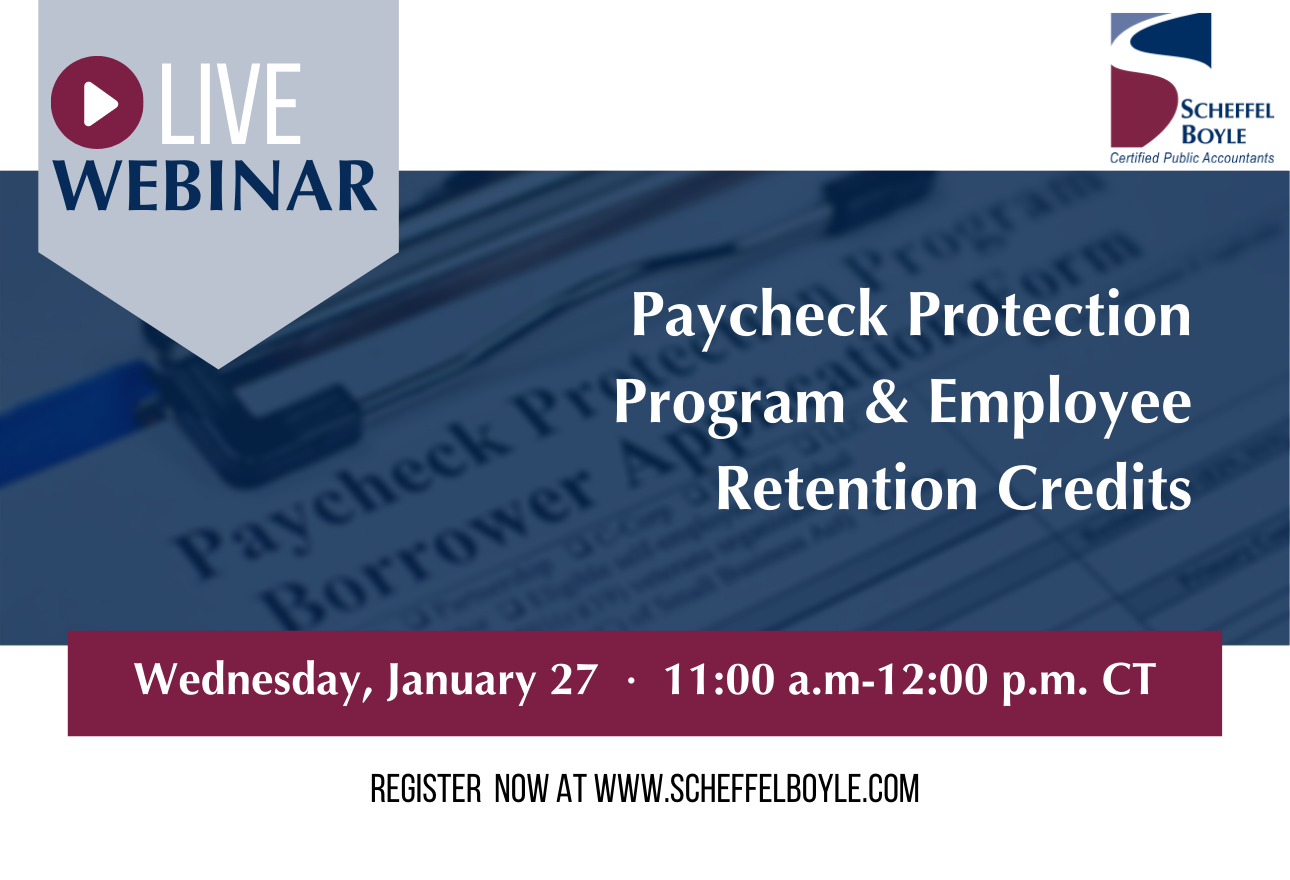Be Prepared for Taxes on Social Security Benefits
Whether you’ve filed your 2020 tax return or soon will, you probably don’t want any surprises. One thing that takes many older people off-guard is getting taxed on their Social Security benefits.
Will you be taxed and how much will you have to pay? That depends on your other income. If you’re taxed, between 50% and 85% of your payments will be hit with federal income tax. (There could also be state tax.) This doesn’t mean you’ll pay 50% to 85% of your benefits back to the government. It means you may have to include 50% to 85% of them in your income subject to regular tax rates.
Calculate provisional income
To determine how much of your benefits are taxed, you must calculate your “provisional income.” Doing so involves adding certain amounts (for example, tax-exempt interest from municipal bonds) to the adjusted gross income on your tax return.
If you file jointly, you’ll need to add your spouse’s income, and then further add half of the Social Security benefits that you and your spouse received during the year. The result is your joint provisional income.
If you file a joint tax return and your provisional income, plus half your benefits, isn’t above $32,000 ($25,000 for single taxpayers), none of your Social Security benefits are taxed. If your provisional income is between $32,001 and $44,000, and you file jointly, you must report up to 50% of your Social Security benefits as income. If your provisional income is more than $44,000, and you file jointly, you need to report up to 85% of your Social Security benefits as income on Form 1040.
For single taxpayers, if your provisional income is between $25,001 and $34,000, you must report up to 50% of your Social Security benefits as income. And if your provisional income is more than $34,000, the general rule is that you need to report up to 85% of your Social Security benefits as income.
Sidestep a surprise
If you aren’t paying tax on your Social Security benefits now because your income is below the floor, or you’re paying tax on only 50% of those benefits, an unplanned increase in your income can have a significant tax cost. You’ll have to pay tax on the additional income, you’ll also have to pay tax on (or on more of) your Social Security benefits, and you may get pushed into a higher tax bracket.
Contact us for help in accurately calculating your provisional income. We can also assist you with other aspects of tax planning before and during retirement.
© 2021



